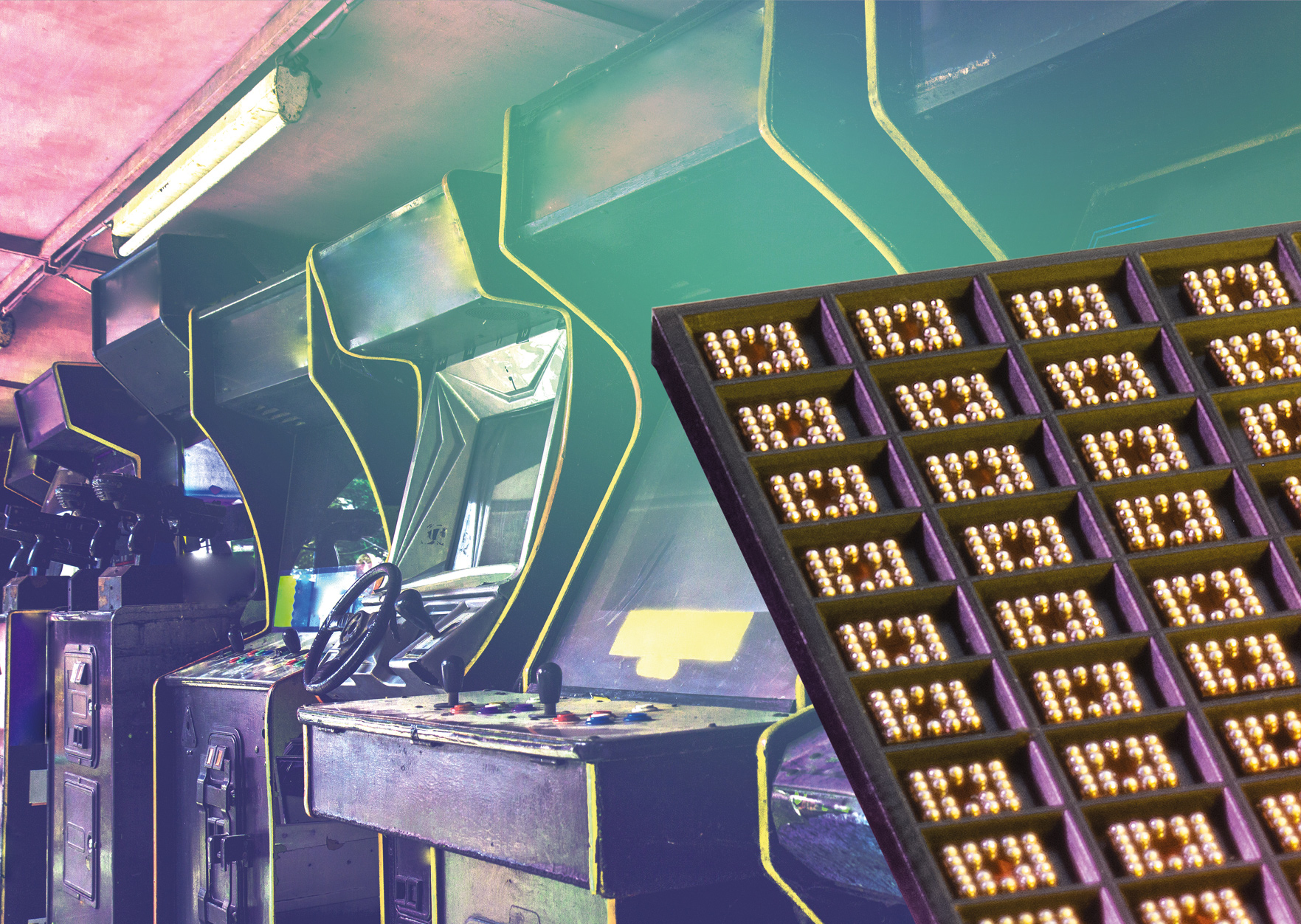Simple magnetic field sensors have been on the market for over 50 years. However, they can perceive movements in only two dimensions – for example, when a magnet moves past from left to right, or when it comes closer to or moves further away from the sensor. Complex movements as in the satnav button of the future are beyond its capabilities. “Thanks to the four pixel cells, we’re now able for the first time to measure the movements of a magnet in all six dimensions,” Hohe emphasizes – first, in the x, y and z directions, which is to say forward and back, left and right, up and down; and second, rotation around these three axes. “That means we can fully capture the movement of a magnet, which opens up many new application areas,” Stahl-Offergeld adds. The technology is based on something called the Hall effect.
Precision times four
Such measurements do in fact become possible only through the combination of the four pixel cells, because this enables disturbance variables to be excluded. It is these variables that generally complicate the task of measuring a magnetic field precisely. One source of interference is the Earth’s magnetic field, for example, which constantly changes slightly over the course of driving a vehicle from one place to another. And temperature also has an effect on measurements. If the temperature falls, a magnet’s field expands. A single sensor could incorrectly interpret this as a movement of the magnet – as a magnet that is apparently approaching the sensor. Such errors can be excluded by combining several pixel cells in a suitable manner.
With the combination of four pixel cells on one chip, the researchers have opened the door to the mass market, such as the automotive industry. For anyone looking to solder four individual sensors on to a printed circuit board, it would take a lot of time and effort to align them so precisely with each other that no measurement errors occur. This would make manufacturing time-consuming and expensive. With the new 4-pixel-cell chips, which will soon be made available for purchase by the High-Performance Center Electronic Systems, such elaborate assembly becomes obsolete.





